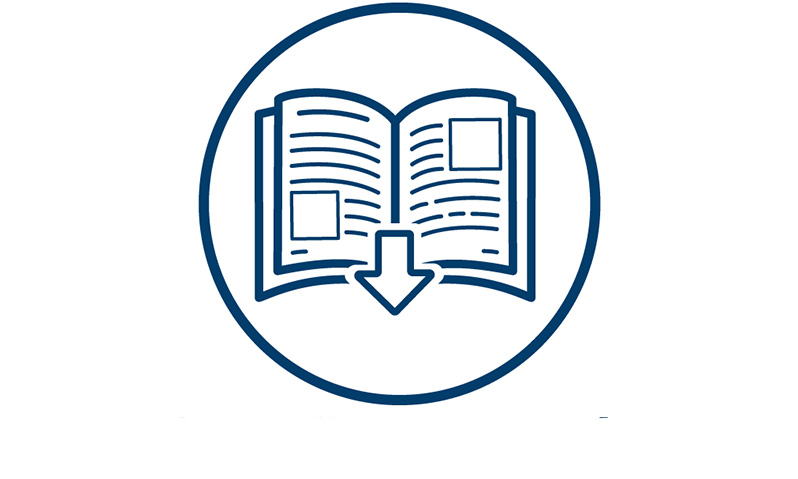Download latest issue and all issues in the archive as a PDF
EEG

Electroencephalography, or EEG for short, records electrical currents in the brain. This is used to check brain activity – for example in the event of suspected illnesses.
How does it work?
What does an EEG help with?
Certain wave patterns can indicate illnesses or disorders, such as epilepsy or brain damage. An EEG can be used to study sleep, monitor anaesthesia, and determine brain death.
Unique
Every person has a typical EEG pattern, which can differ significantly from that of others.

What does Jülich do?
Brain researchers use EEG in sleep research and to better understand neurological brain diseases. Often it is combined with other methods such as magnetic resonance imaging (MRI).
This text is published in the effzett issue 2-24. Illustrations: Diana Köhne
Never miss an issue of effzett again
More Knowing it all
Loading
Last Modified: 13.03.2025





